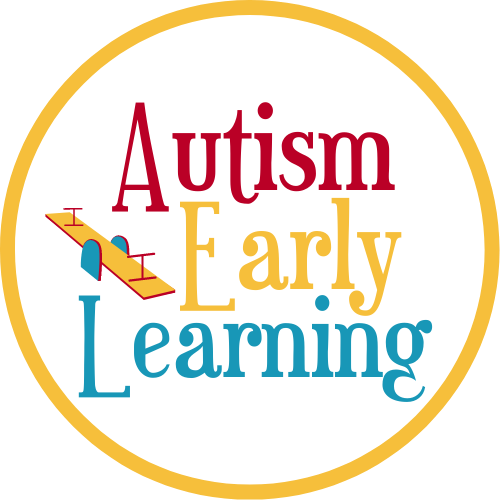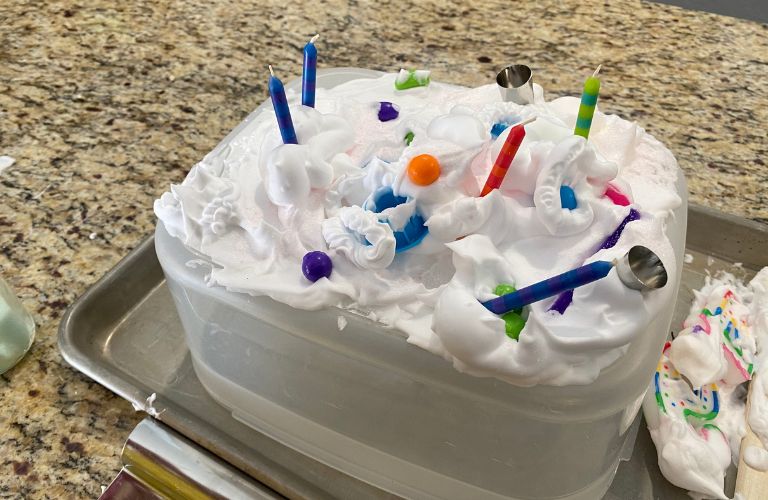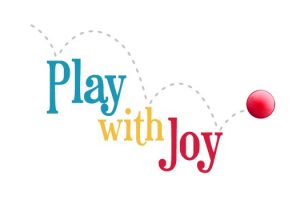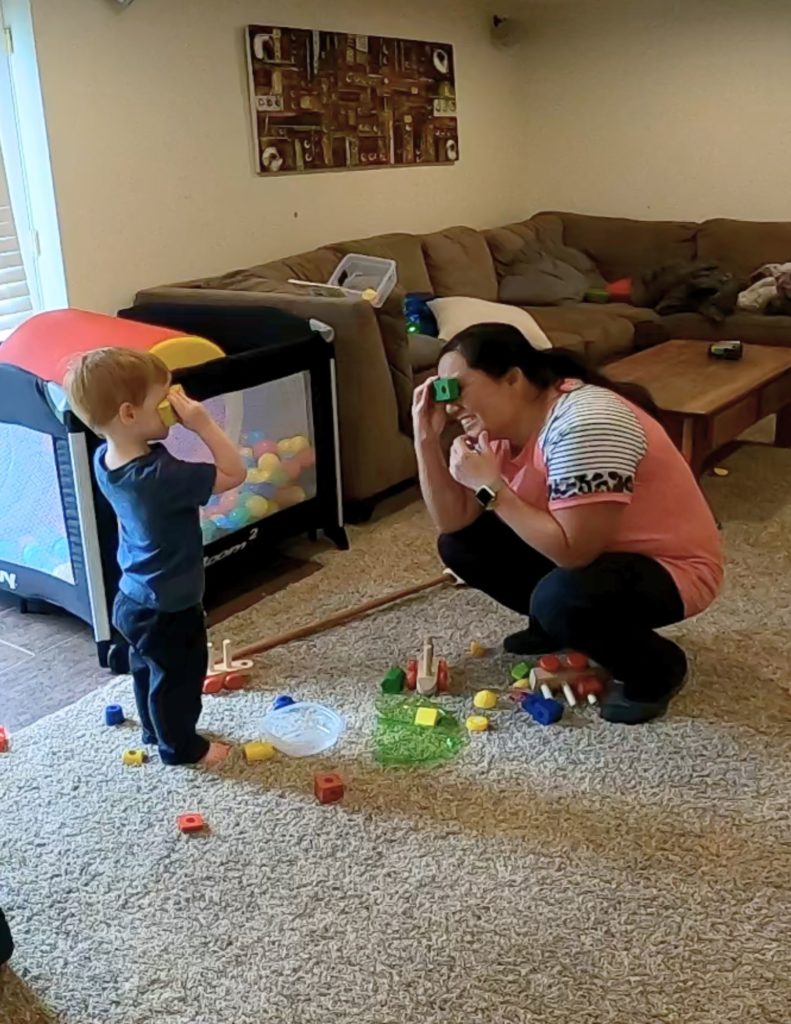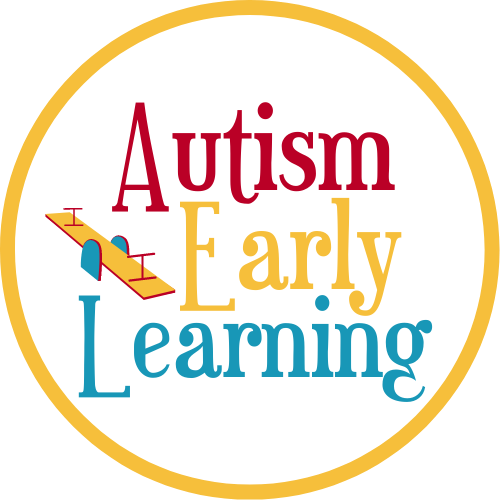The great thing about early intervention activities is that kids learn best through play and a lot of kids love sensory activities. This is a simple activity, but it can get messy. You’ve been warned.
You can adapt this activity to target specific developmental skills including receptive language, expressive language, pre-literacy skills, math skills, social skills, and motor skills. In this post I will focus primarily on motor skills, but if you’re interested in learning how to target the other skills, you can access the full tutorial in the Early Intervention Tutorials.
Fine motor skills are when we use our small muscles. Fine motor skills are important because they affect so many parts of our lives. Think about all the things that you do with the small muscles in your hands.
- Writing
- Tying shoes
- Opening packages
- Zipping a jacket
- Picking things up
- Turning the page of a book
- Opening a door
- Braiding hair
- Doing a puzzle
Simple Ways To Target Fine Motor Skills
Some kids need extra help strengthening those muscles and so we find ways to strengthen those fine motor skills. So, let’s look at some ways that we can do that with this activity.
- Find small objects to use as decorations such as beads (obviously, be cautious of choking hazards). Just picking up the small pieces and decorating the cake will help work on your child’s pincer grasp as he uses the tips of his fingers.
- Use tongs or tweezers to pick the items up with. This works on pincer grasp, hand strength, and eye-hand coordination. I put a link at the bottom of the page as an example of what I’m talking about. I use these all the time for different activities. If your child has a hard time picking up hard items like beads, try something soft like a pom pom.
- Use a spatula to spread the cream out. Using novel items is fun for kids, especially if it’s something they’ve seen you do.
- Have your child hold multiple pieces in one hand and drop them one at time onto the shaving cream cake. This can help with your child’s dexterity.
- Use a candle to draw shapes in the shaving cream.
- Make holds in the shaving cream and have your child drop beads or put candles in them.
- Use piping bags filled with shaving cream. Squeezing the bag will help with hand strength and coordination. If it’s big enough that the child has to use two hands, this will work on bilateral coordination.
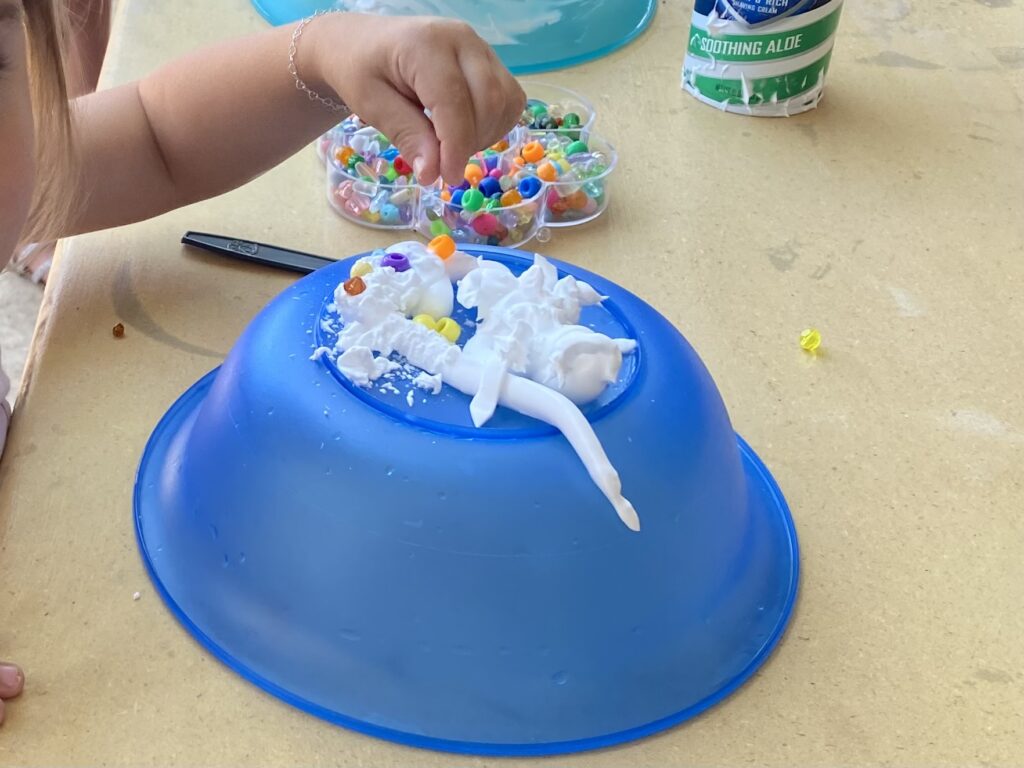
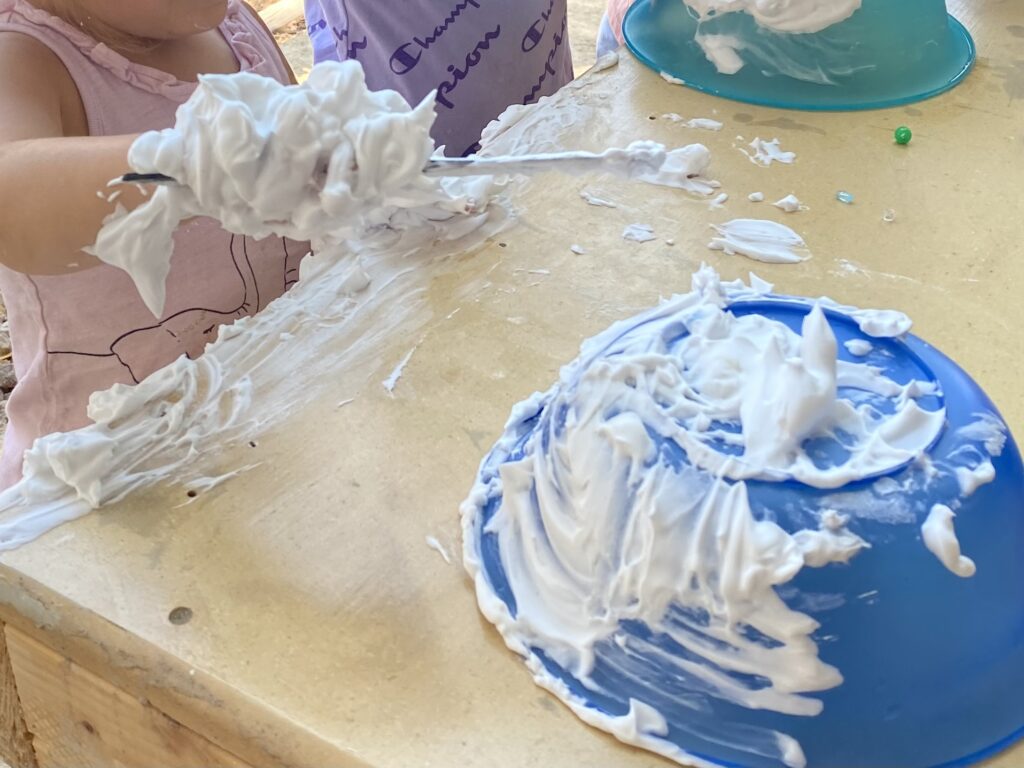
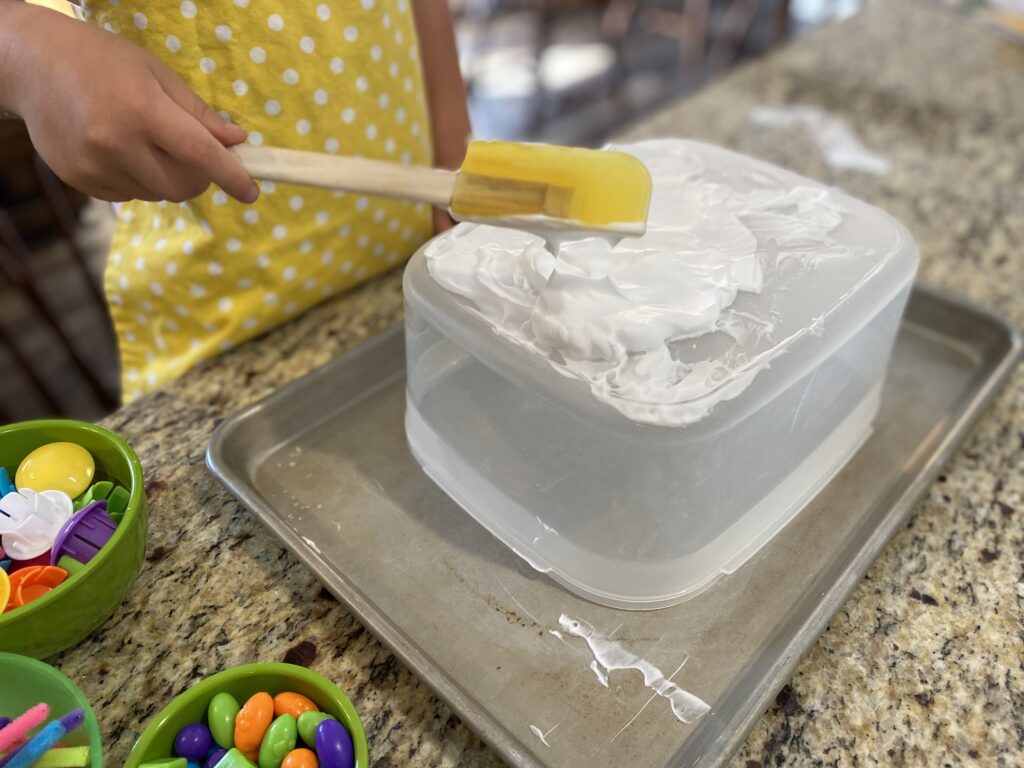
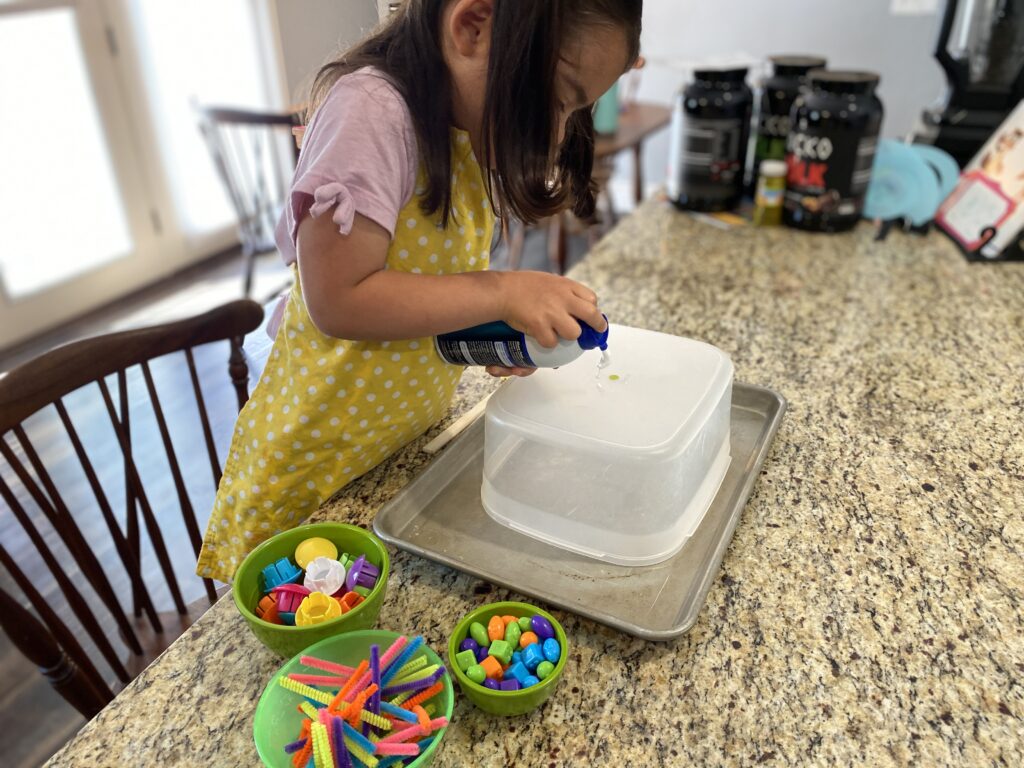
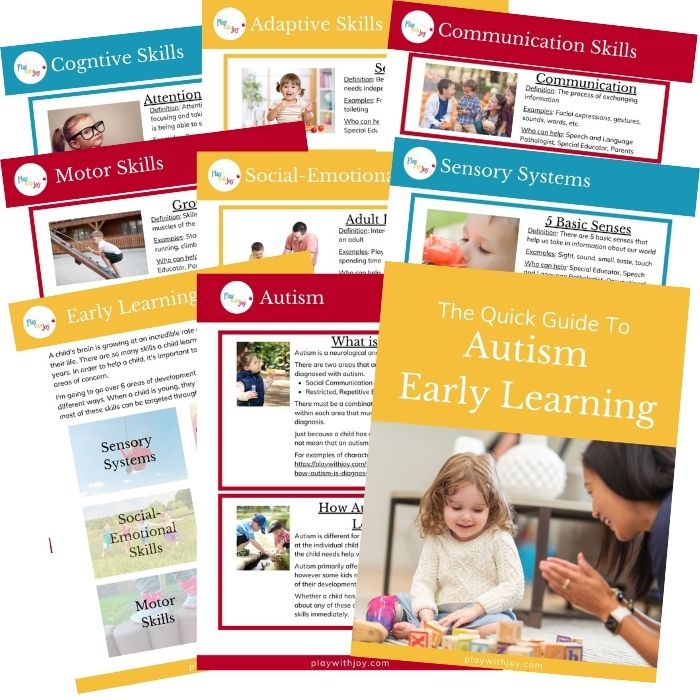
Get your FREE Autism Early Learning Guide, along with tips and strategies for working with young kids on the spectrum. Enter your name and email below and I'll send it to your inbox.
Adapting To Your Child's Developmental Level
It’s important to take into account where your child is at developmentally when planning an activity. If your child is not yet following directions or imitating, then you’ll have different goals. You’ll want to work more on attention and engagement, so free play and exploration is going to be more important.
If you have a child that is able to participate in pretend play, you may want to provide an environment for your child to explore in that way. Understanding your child’s development can help you play at the right level. Playing too high or too low is not beneficial and you’ll see less growth. Playing at the right level will help your child progress more.
If you’re interested in learning more about adapting this activity to different stages of play, check out the Early Intervention Tutorials, where I will give you more examples of how to target specific skills for your child.
Supply Ideas
- Shaving Cream
- Container or bowl
- Beads
- Candles
- Spatula
- Piping bag
- Figurines
- Any small things to decorate with that you can find in your home
Basic Instructions
- Gather items to decorate the cake (I just used whatever I could find in my house, no need to spend extra money)
- Set out the supplies
- Let your child create their own cake
- Be prepared for a mess 🙂
Links
As a Walmart Affiliate, I earn from qualifying purchases at no cost to you.
- Shaving Cream
- Candles-If you’re working on color identification, using colorful candles could be one way to work on that skill.
- Spatulas-Having a variety of tools to use can help make the activity more engaging. Spatulas can be good for spreading the cream around which works on fine motor skills and bilateral coordination (hold the “cake” with one hand and the spatula with the other)
- Cake Tips-Using cake tips can be a fun way to work on hand strength, bilateral coordination, crossing midline, and motor planning.
- Letters-Use letters to decorate the cake if you’re working on literacy skills.
- Stir, Crack, Whisk, Bake Book-This is a fun interactive book you could read before making your cake.
- Animal Counters-Use little figurines to decorate the cake with
- Shapes-If you’re working on shape recognition, something like this would be fun to play with when decorating the cakes.
- Tweezers-You can use tweezers for a lot of different activities.
